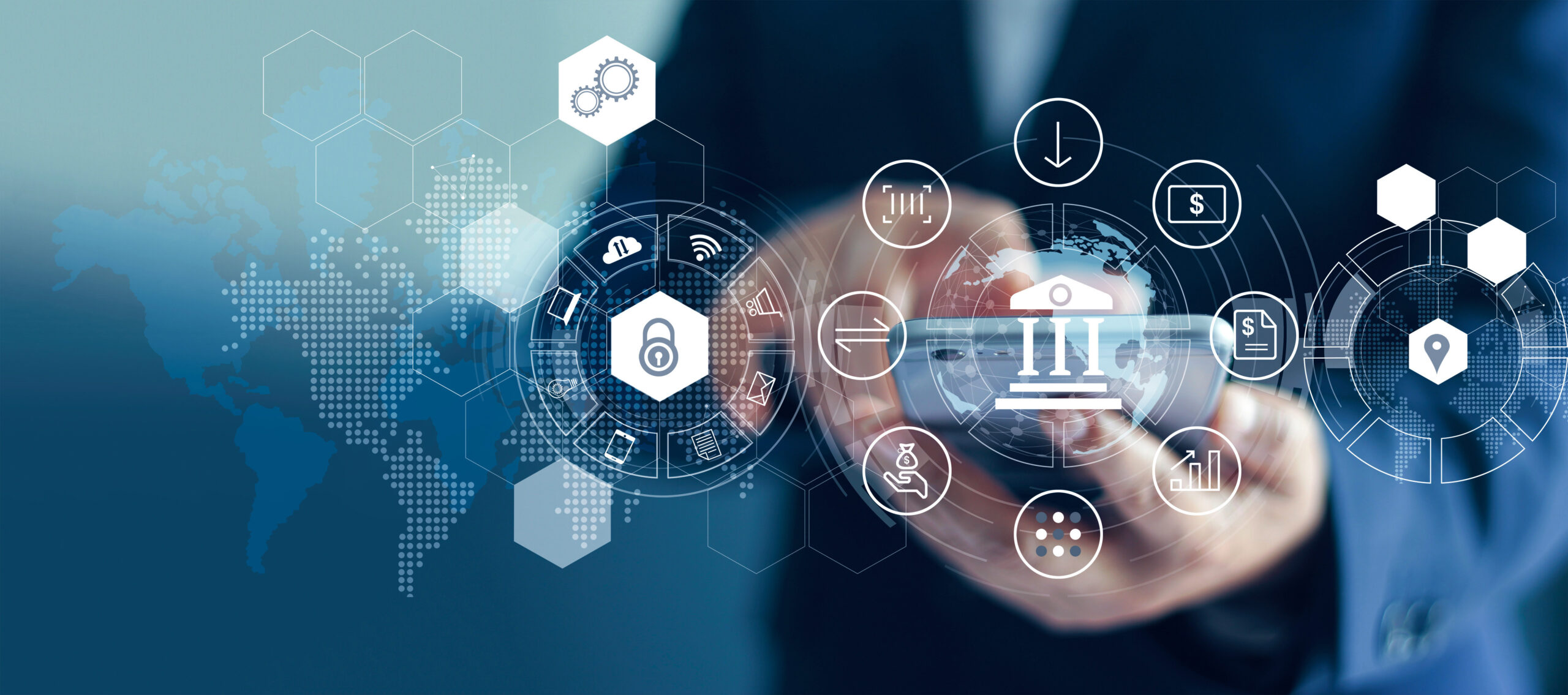By: Editorial Staff, Date: January 16th, 2024
The consumer finance landscape has undergone a transformation over the past decade due to the rise of technological innovations, one of which is fintech—short for financial technology. Fintech reshapes the way money is managed and creates new opportunities for consumers.
But what is fintech, and how is it reshaping the future of consumer finance? In this article, we will explore the various possibilities that fintech has to offer.
Financial technology, widely known as fintech, refers to the innovative use of technology to deliver financial services to consumers. Fintech companies offer benefits that help consumers manage their finances and provide them with better access to affordable products.

Applications of FinTech in the Financial Sector
- Digital Payments
Fintech has enabled consumers to make cashless payments for goods and services through digital transactions. Cashless payments have been on the rise since the onset of the pandemic, providing consumers with an easier and more convenient way to pay for their purchases.
Today, consumers have several options to make their purchases: they can use their cards on payment terminals, utilize digital wallets, or use apps to scan QR or barcode that link to their preferred mode of payment.
Consumers are not the only beneficiaries of digital payments; companies also benefit from digital payment technologies as they can easily send invoices to their clients. Through digital payments, they can accept a variety of payment types while minimizing the need to handle cash.
- Mobile Banking
Traditional banking requires customers to visit banks and stand in long lines to make transactions, consuming a significant amount of their time. Mobile banking solutions eliminate these inconveniences, enabling consumers to handle banking tasks through their smartphones.
Mobile banking offers a convenient way to manage transactions online, saving customers from wasting time and effort waiting in bank teller lines. Since it is accessible with an internet connection, consumers can bank anywhere, making it easier to pay bills, send payments, or make deposits using mobile devices.
- Digital Lending
Digital lending platforms are one application of fintech that consumers greatly benefit from. Oftentimes, consumers borrow money to finance their expenses when they can’t pay it in full.
Traditional lending would require loan applicants to wait for days to receive updates regarding their loans. With digital lending platforms, financial institutions can easily assess customers’ loan applications, approving loans within minutes.
- Peer-to-peer (P2P) Payments
Peer-to-peer payments, or P2P payments, enable users to send or receive money directly through mobile devices, using a linked bank account or card.
P2P payments have made things more convenient for individuals to transfer funds. Compared to traditional bank transfers, P2P payment platforms can facilitate instant transfers without the need to wait for days. They also keep users’ bank account details private, as they only need the email address or phone number of the recipient.
Fintech has revolutionized the consumer finance industry, offering innovative solutions to manage finances. With its ability to streamline processes, enhance accessibility, and provide personalized financial services, FinTech is paving the way for a more inclusive and efficient future. As technology continues to advance, consumers and businesses must embrace and adapt to these advancements to create a better financial future.
Explore the latest updates and trends that are shaping the consumer finance industry in our webcast: Regulatory Pulse: Exploring Consumer Finance Updates and Trends
Upcoming Webcasts
Skinny-Labeling in Hatch-Waxman Litigations: The Law in Flux?
The Hatch-Waxman Act was originally designed to spur pharmaceutical innovation and increase consumer access to affordable drugs.

